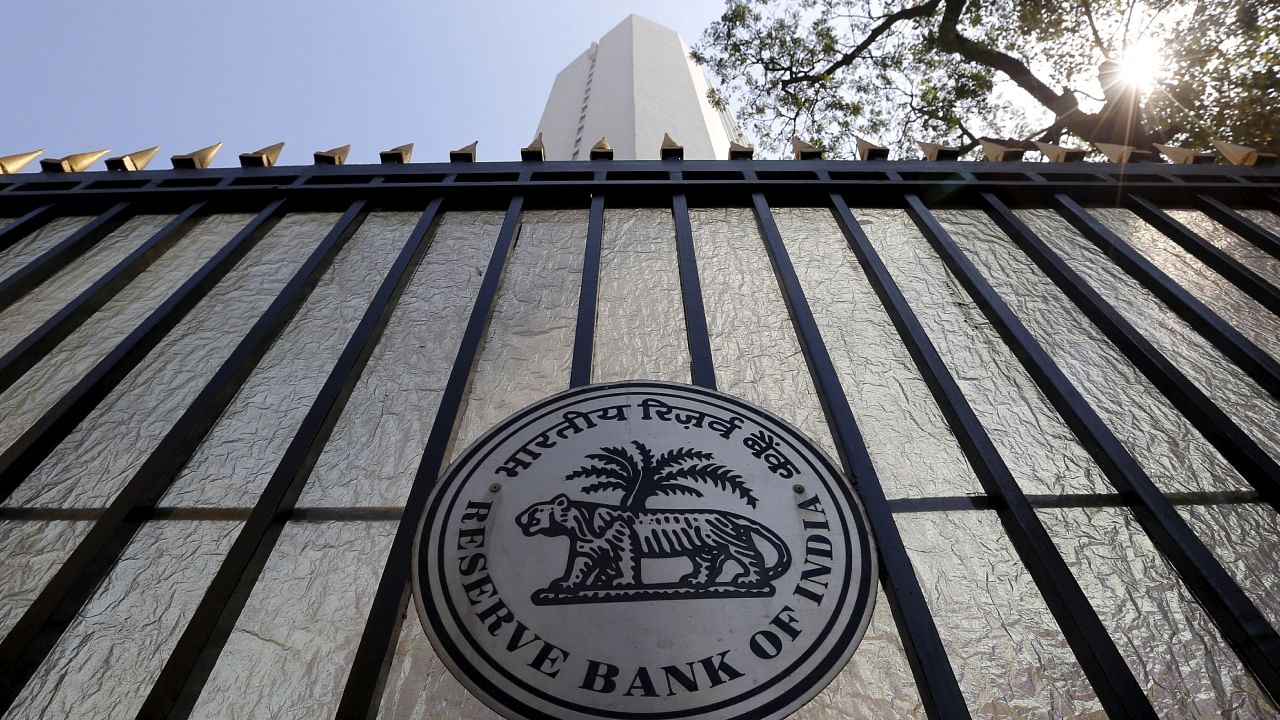
India’s headline inflation is likely to ease down to 5.2 per cent in the current financial year from an average 6.7 per cent recorded in 2022-23 and the economic growth would remain resilient helped by softer global commodity prices and the government’s continued thrust on capital expenditure (capex), the Reserve Bank of India (RBI) said in a report on Tuesday.
India’s gross domestic product (GDP) is expected to expand by 7 per cent in 2022-23, the highest among major economies in the world, the RBI noted in its annual report 2022-23. For the current financial year, the RBI has pegged India’s economic growth at 6.5 per cent.
The National Statistical Office (NSO) is scheduled to announce the economic growth numbers for fiscal 2022-23 on Wednesday.
“Risks to inflation have moderated with downward corrections in global commodity and food prices and easing of the pass-through from high input cost pressures of last year,” the RBI said in the report.
However, the central bank’s optimism is based on a stable exchange rate and a normal monsoon. If the El Nino event strikes, the inflationary pressure would jump.
Monetary policy remains focused on the withdrawal of accommodation to ensure that inflation progressively aligns with the target while supporting growth, the RBI said.
The RBI’s Monetary Policy Committee is scheduled to meet early next month to decide on the policy rate.
According to the RBI, the cumulative increase in policy repo rate by 250 bps last year would steer the disinflationary process, along with supply-side measures to address transient demand-supply mismatch due to food and energy shocks.
The central bank noted that India has emerged stronger and more resilient from the pandemic, partly due to the wave of digital transformation.
In 2022-23, total digital payments recorded growth of 57.8 per cent and 19.2 per cent in volume and value terms, respectively, on top of growth of 63.8 per cent and 23.1 per cent, respectively, in the previous year. India outpaced other nations to emerge as the largest player in real-time transactions at the global level, with a 46 per cent share in 2022.
The RBI announced that it is working on a lightweight and portable payment system, a “bunker equivalent in payment systems”, that can be used for critical transactions during catastrophic events like natural calamities and war.
The existing conventional payment systems like the RTGS, NEFT and UPI are designed to handle large volumes while ensuring sustained availability and hence they are dependent on complex wired networks backed by the advanced IT infrastructure.
However, catastrophic events like natural calamities and war have the potential to render these payment systems temporarily unavailable by disrupting the underlying information and communication infrastructure.
“Keeping this objective in mind, the Reserve Bank has conceptualised a lightweight and portable payment system that will be independent of conventional technologies and can be operated from anywhere by a bare minimum staff,” the RBI said.